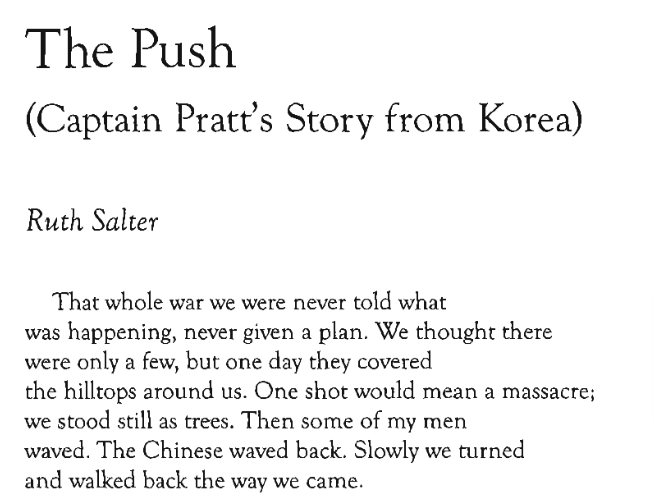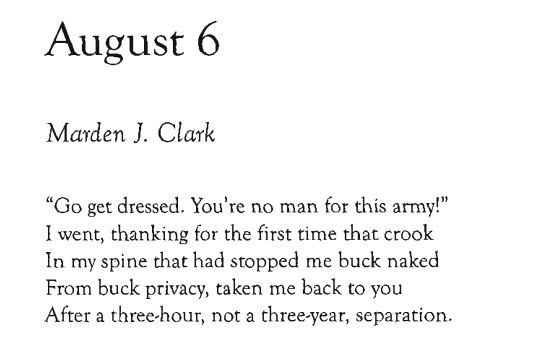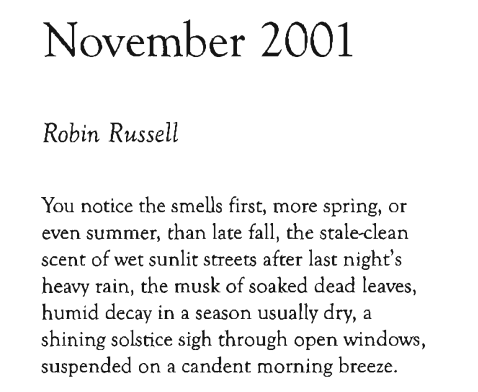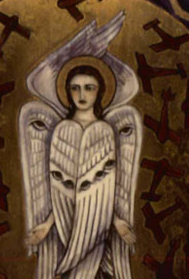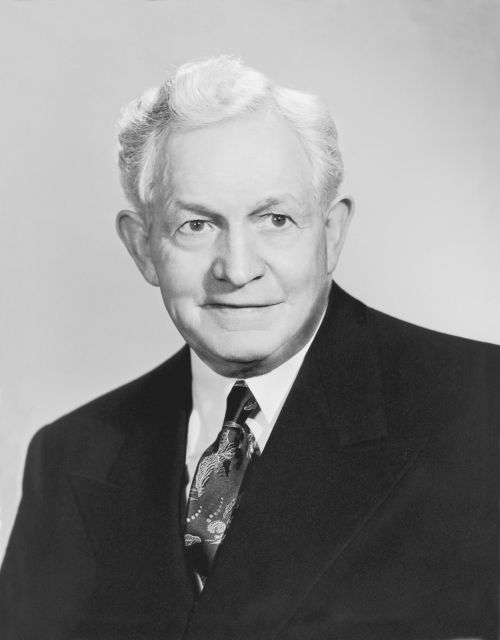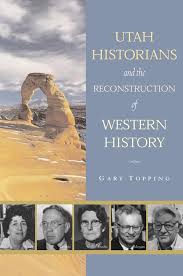Quakers, often called Friends, have several core “testimonies” that can be remembered by the mnemonic “SPICE”—Simplicity, Peace, Integrity, Community, and Equality. Each of these interrelated testimonies is essential to our identity as Friends, but we are clearly best known for one of them. As H. Larry Ingle has pointed out, “[T]he Quaker peace testimony [is] the most remarked-on feature of the Religious Society of Friends. When the world’s people think of Friends, they think of our [fundamental disapproval] of war, and when Quakers want to distinguish themselves from other Christian groups, they identify themselves as one of the ‘historic peace churches.'”


